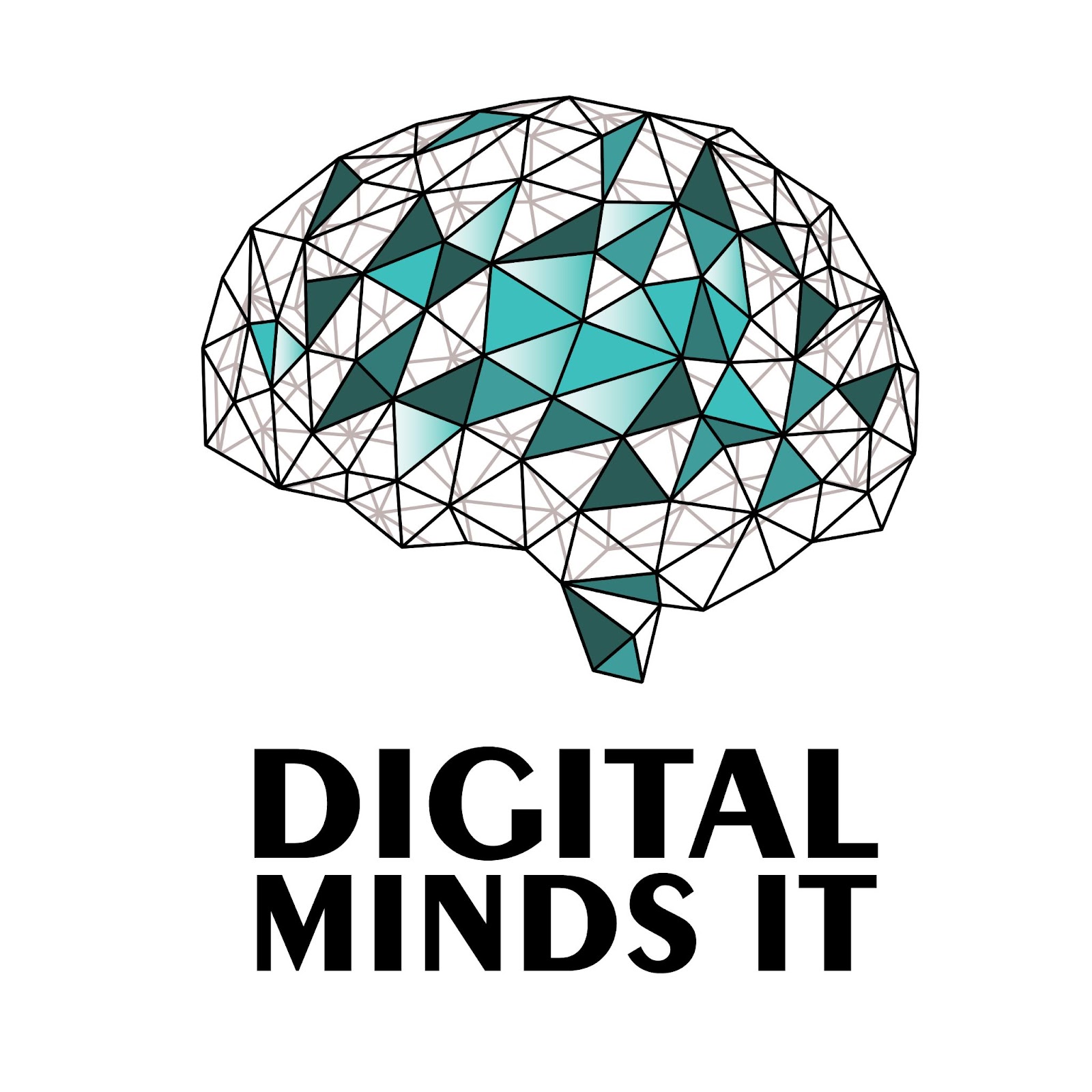Crimeware is a class of malicious software designed specifically to automate or facilitate illegal activities, often for financial gain. This can encompass a wide range of software, including but not limited to:
Spyware:
Spyware is software that secretly acquires information on users over their internet connections without the users' knowledge and consent, often with the aim of targeting advertising.
Keyloggers:
Keyloggers are programs that record each and every keystroke that a computer user makes, often with the intent of gaining unauthorized access to passwords and other secret information on the computer.
Ransomware:
Ransomware is Malware that encrypts a user's files or locks them out of their system, demanding a ransom to restore access.
Banking Trojans:
Malicious programs designed to steal financial and personal information, particularly related to online banking and credit card data.
Origins of Crimeware
While malicious software has existed almost as long as computers themselves, the term "crimeware" and its associated specificity toward cybercrime can be traced back to the late 1990s and early 2000s.
Early Malware: In the 1980s and early 1990s, many viruses and worms were created more for mischief or to demonstrate technical prowess than for direct financial gain. However, as the internet expanded and more people began conducting business and personal affairs online, the opportunity for financial exploitation grew.
Shift to Financial Motivations: By the late 1990s and early 2000s, there was a noticeable shift in the intent behind malware creation. Cybercriminals started to recognize the potential for significant financial gain in the digital realm. This period saw the birth of various forms of crimeware, like early banking Trojans.
Emergence of the Term: The term "crimeware" started gaining traction in the mid-2000s as a way to describe malicious software designed primarily with criminal intent, especially focusing on financial gain.
1. Enhanced Sophistication in Crimeware Techniques
Crimeware, with the help of AI and machine learning, will become even more sophisticated. Attackers are likely to utilize deep learning models to refine phishing techniques, creating emails and web pages that are nearly indistinguishable from legitimate ones.
Prediction: Financial institutions will see a surge in phishing attacks, leading to a higher investment in training employees and clients about the risks.
2. Mobile Banking as the New Primary Target
With the rise in mobile banking usage, crimeware will shift its focus significantly to smartphone platforms.
Prediction: Financial apps will be targeted more frequently, leading banks to invest more in mobile app security. Consumers might witness an increase in multi-factor authentication procedures on their mobile banking platforms.
3. Cryptojacking Emerges as a Dominant Threat
The interest in cryptocurrencies will not wane, and neither will the interest of criminals in illicitly mining these coins using others' resources.
Prediction: As more financial institutions delve into offering cryptocurrency-related services, they'll have to invest in protecting their infrastructures against crypto-jacking.
4. Ransomware Attacks on Financial Institutions
Ransomware attacks will remain a preferred method for criminals, given their profitability.
Prediction: While larger institutions have bolstered their defenses, smaller banks, credit unions, and financial service providers may become more attractive targets. There might be a rise in cybersecurity insurance specifically tailored to ransomware.
5. Rise of "Deepfake" Technology in Financial Fraud
Using AI to create hyper-realistic but entirely fake content can be weaponized for criminal endeavors.
Prediction: Financial institutions may witness "deepfake" videos or voice recordings intended to deceive, defraud, or impersonate high-profile individuals for financial gain. Verification processes will undergo significant overhauls.
6. Increased Regulation and Scrutiny
Given the rise in digital threats, there will be an increased regulatory scrutiny around how financial institutions protect their data.
Prediction: Regulatory bodies globally will introduce stricter cybersecurity norms, leading to banks and financial entities investing more in compliance departments and technologies.
7. Insider Threats Become More Prevalent
With the global economy still reeling from recent events and uncertainties, disgruntled or financially desperate employees might become vectors for attacks.
Prediction: Financial institutions will increasingly employ behavioral analytics tools to monitor their internal teams for any anomalies or suspicious activities.
8. The Evolution of Banking Trojans
Banking Trojans, which are designed to steal financial information, will become more sophisticated, adapting to the latest security measures employed by financial institutions.
Prediction: An increase in targeted attacks using these Trojans might lead to a significant financial loss, urging institutions to continuously update their defense mechanisms.
Conclusion
The year 2023 promises advancements in technology, but with it comes the double-edged sword of enhanced crimeware techniques targeting the financial sector. Preparing for these potential threats requires foresight, investment in cutting-edge cybersecurity tools, and continuous training and awareness campaigns. The financial entities that stay one step ahead in understanding and mitigating these threats will not only protect their assets but also gain the trust of their clientele in an increasingly uncertain digital landscape.
Read more: The Shifting Landscape of DDoS Attacks: A Comprehensive Analysis
Read more: DDoS Attack Trends and Effective Solutions






0 Comments